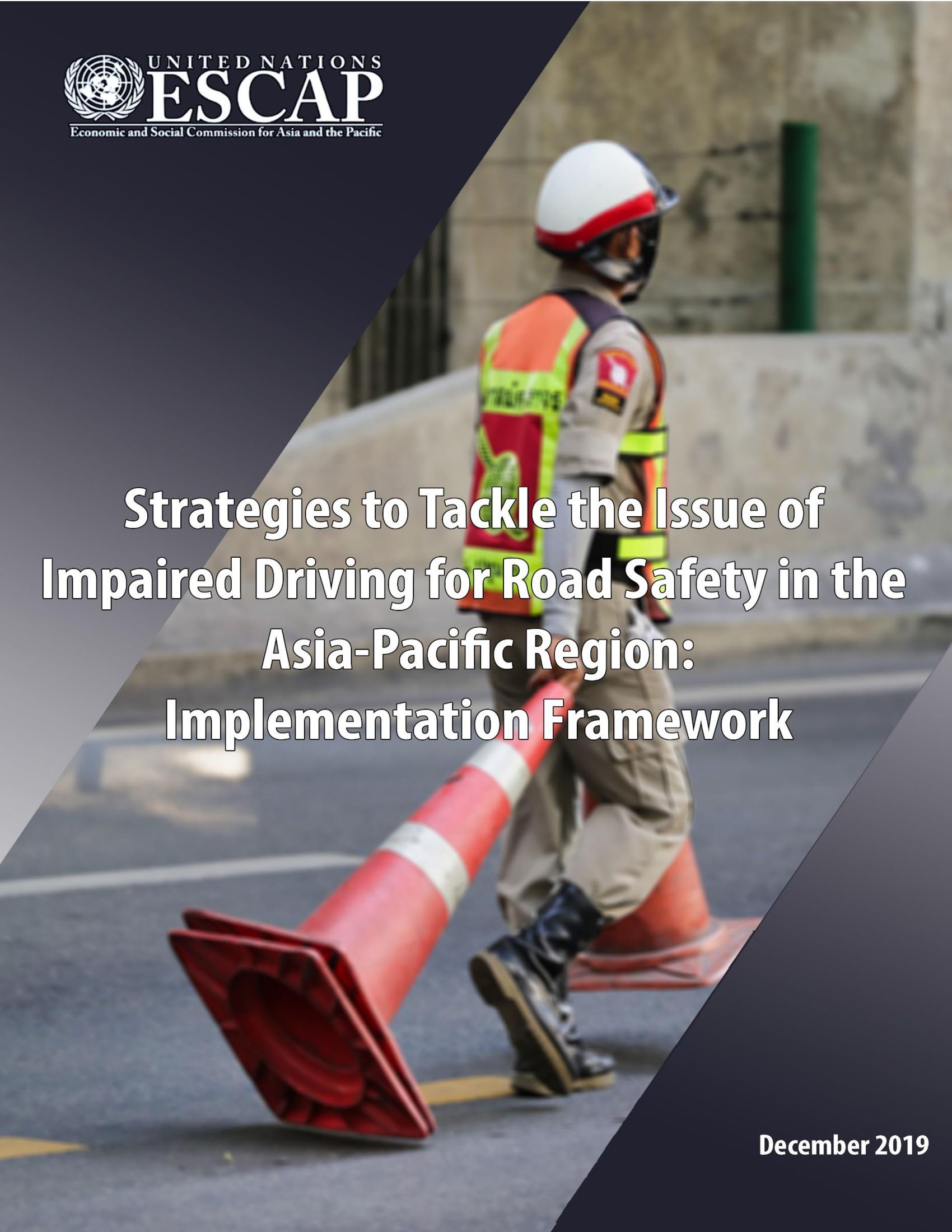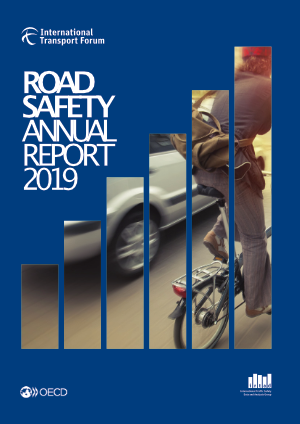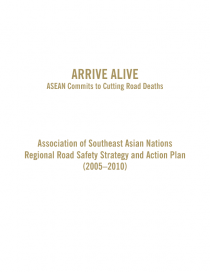Road accidents inflicts high economic costs. This ratio considers economic costs of road accidents with GDP (SEC-SEG-001).
Road accidents inflicts high economic costs. This indicator reports economic costs of road accident injuries in USD.
Global Meeting of Regional Road Safety Observatories
Progress on development of Regional Road Safety Observatories
Road Safety is a sustainable development challenge for the member countries of the Economic and Social Commission for Asia and the Pacific (ESCAP). In 2016, approximately 1.35 million people were killed in road crashes globally. The economic and social consequences of this are enormous. In recent years, road safety has been receiving greater attention from the international community, and in 2010, the General Assembly proclaimed the period from 2011 to 2020 as the Decade of Action for Road Safety. The global commitment to road safety was further strengthened by the General Assembly through the adoption of resolution 70/1 on 25 September 2015 of the 2030 Agenda for Sustainable Development, as reflected in targets 3.6 (by 2020 halve the number of global deaths by road accidents) and 11.2 (by 2030, provide access to safe, affordable, accessible and sustainable transport systems for all, improving road safety, notably by expanding public transport, with special attention to the needs of those in vulnerable situations, women, children, persons with disabilities and older persons) of the accompanying Sustainable Development Goals.
Road safety has been a major concern in Asia and the Pacific, as 60 per cent of global road deaths in 2016 occurred in the region. In line with the trend globally, road safety has received greater attention from high- level policymakers among ESCAP member countries. At the Ministerial Conference on Transport, at its third session, held in Moscow from 5 to 9 December 2016, the Asia-Pacific transport ministers renewed their commitments towards improving road safety by adopting the Ministerial Declaration on Sustainable Transport Connectivity in Asia and the Pacific, which was endorsed by the Commission in it its resolution 73/4 of 19 May 2017. Under this resolution, members and associate members of ESCAP have been encouraged in meeting their commitments under the Decade of Action for Road Safety (2011-2020) and 2030 Agenda for Sustainable Development.
Notably, road traffic deaths in the ESCAP region declined from 777,016 in 2010 to 733,541 in 2013, and then increased to 812,172 in 2016. The South and South-West Asia subregion accounted for 48.13 per cent of the road deaths.

Road Safety Annual Report 2019

The IRTAD Road Safety Annual Report 2019 provides an overview of road safety performance for 41 countries. The report outlines the most recent road safety developments there and provides comparative data for the main road safety indicators. It also offers detailed analysis by road user, age group and types of road. It describes the crash data collection process in IRTAD countries, the road safety strategies and targets in place and information on recent trends in speeding, drink-driving and other aspects of road user behaviour.
Road Safety Policy and Traffic Safety Information System in Cambodia
Arrive Alive: ASEAN Regional Road Safety and Action Plan (2005-2010)

One plan for each country was developed, via national workshops with the assistance of 90-100 road safety professionals from key agencies. These reports were also created with the assistance of private sector and nongovernment organizations. The plans focus on improvement of safety for vulnerable road users (especially pedestrians and motorcyclists) who form the vast bulk of deaths and injuries in ASEAN region.
Road Safety Annual Report 2015: Chapter 6 - Cambodia
The International Traffic Safety Data and Analysis Group (IRTAD) is a permanent working group of the Joint Transport Research Centre of the OECD and the International Transport Forum. It is composed of road safety experts and statisticians from renowned safety research institutes, national road and transport administrations, international organisations, universities, automobile associations, the automobile industry, and others from OECD and non-OECD countries. Its main objectives are to contribute to international co-operation on safety data and its analysis. Its key outputs are the IRTAD Database that currently publishes safety data from 32 countries and its annual report on road safety performance. It also conducts regular research and analysis on topics related to safety data analysis (e.g. forecasting, relationship between speed and crash risks, road safety and economic developments).
This chapter presents the most recent crash data for Cambodia, as well as an update on the Cambodian road safety strategy and recently implemented safety measures.
All data stem from National Road Safety Committee unless otherwise noted. The National Road Safety Committee joined the International Road Traffic and Accident Database (IRTAD) group in 2010. Data presented in this report are data reported by police and are under validation by IRTAD. Actual numbers are likely to be higher.
Pagination
- Page 1
- Next page